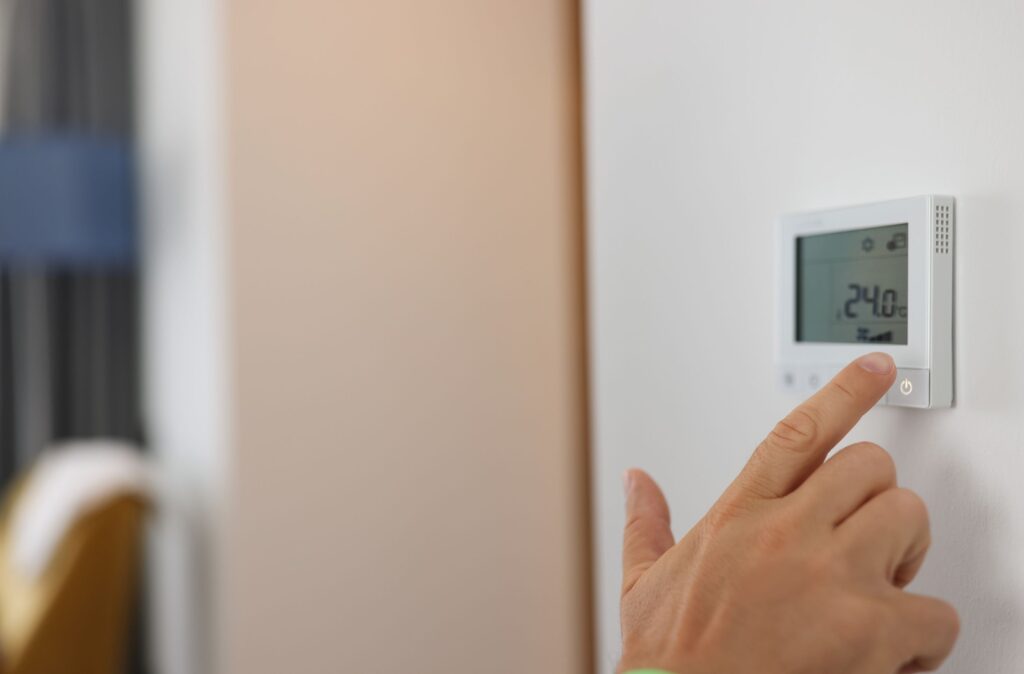AC zone control systems offer a revolutionary way to manage indoor climates, enhancing comfort levels across varied spaces within a property. This technology is particularly beneficial for both residential and commercial buildings where different areas require distinct temperature settings. With a zone control system, you can customize heating and cooling needs based on individual room preferences, resulting in a significant improvement in overall comfort.
Furthermore, AC zone control systems are designed to be energy-efficient, helping to lower utility bills. By directing air only to the areas that need it, you avoid wasting energy on unoccupied spaces. This targeted approach not only promotes a more balanced and pleasant indoor environment but also translates into potential cost savings over time. Understanding how these systems work and the benefits they provide is crucial for anyone looking to optimize their air conditioning performance.
The Benefits of AC Zone Control Systems
AC zone control systems allow you to divide your property into distinct areas, each with its own temperature setting. This advanced technology offers a tailored cooling solution that significantly enhances indoor comfort. By enabling different zones, you can enjoy personalized temperature settings that cater to the varying needs of each area. For instance, you can keep your bedroom cooler while maintaining a warmer temperature in your living room.
One of the key benefits of zone control systems is improved energy efficiency. By cooling only the occupied zones, you can reduce energy consumption and potentially lower your utility bills. This targeted approach to climate control prevents the overuse of your HVAC system, extending its lifespan and reducing wear and tear. Implementing a zone control system can lead to substantial cost savings by optimizing how and when your AC unit operates.
Key Components and How Zone Control Systems Work
AC zone control systems consist of several primary components that work together to regulate the temperature in different zones of your property. These components include:
1. Thermostats: Each zone has its own thermostat, allowing individual temperature control.
2. Control Panel: The control panel is the system’s brain, receiving signals from the thermostats and adjusting airflow accordingly.
3. Dampers: Installed within the ductwork, dampers open and close to control the flow of air to each zone.
The operation of a zone control system starts when a thermostat in a particular zone signals a need for cooling or heating. The control panel receives this signal and directs the appropriate dampers to either open or close. For example, if the thermostat in the living room requires cooling, the control panel will open the damper to that zone while keeping the dampers to non-occupied areas closed. This ensures that only the designated area receives airflow, maintaining the desired temperature efficiently.
Understanding how these components work together can help you appreciate the intricate nature of zone control systems. These systems provide a smart and efficient way to manage indoor climate, offering both comfort and energy savings.
Steps for Proper AC Zone Control System Installation
Our professionals follow a precise and thorough process to install AC zone control systems, ensuring that everything operates smoothly and efficiently. The first step involves an initial assessment of your property. During this assessment, our experts evaluate the layout of your space, determining the best way to divide it into zones. They also consider your specific cooling needs, taking into account factors such as room usage and insulation.
Once the assessment is complete, our professionals design a customized zoning system tailored to your property. The next phase is the actual installation, which involves setting up thermostats, control panels, and dampers. This process is integrated with your existing HVAC system to allow for seamless operation. Each component is carefully installed to ensure precise temperature regulation in each zone. Professional installation is crucial for the system’s efficiency and reliability, as it prevents issues that can arise from improper setup.
Maintenance Tips to Keep Your Zone Control System Running Smoothly
Regular maintenance is key to keeping your AC zone control system in top condition. Here are some essential tasks:
1. Checking and Cleaning Dampers: Ensure that dampers are free from dust and debris to maintain proper airflow.
2. Inspecting Thermostats: Verify that each thermostat functions correctly and is set to the desired temperature.
3. Cleaning Control Panels: Keep control panels free from dust and grime to ensure they operate effectively.
4. Monitoring Air Filters: Replace air filters regularly to maintain airflow and improve indoor air quality.
Our professionals provide comprehensive maintenance services, ensuring every part of your zone control system is inspected and serviced. Regular cleaning and inspection help prevent malfunctions and extend the lifespan of the system. Our technicians also offer expert advice on optimizing the settings and performance of your AC zone control system.
Conclusion
AC zone control systems offer significant advantages in terms of comfort, efficiency, and cost savings. By allowing personalized temperature settings for different areas of your property, these systems provide a tailored cooling solution that meets your specific needs. Proper installation and regular maintenance are essential for maximizing the benefits of zone control systems.
Trust our team at Cool Tech Mechanical to handle the installation and maintenance of your AC zone control system to ensure it operates at peak efficiency. Contact our HVAC company in Arlington, TX to enhance your comfort and keep your system running smoothly throughout the year.







